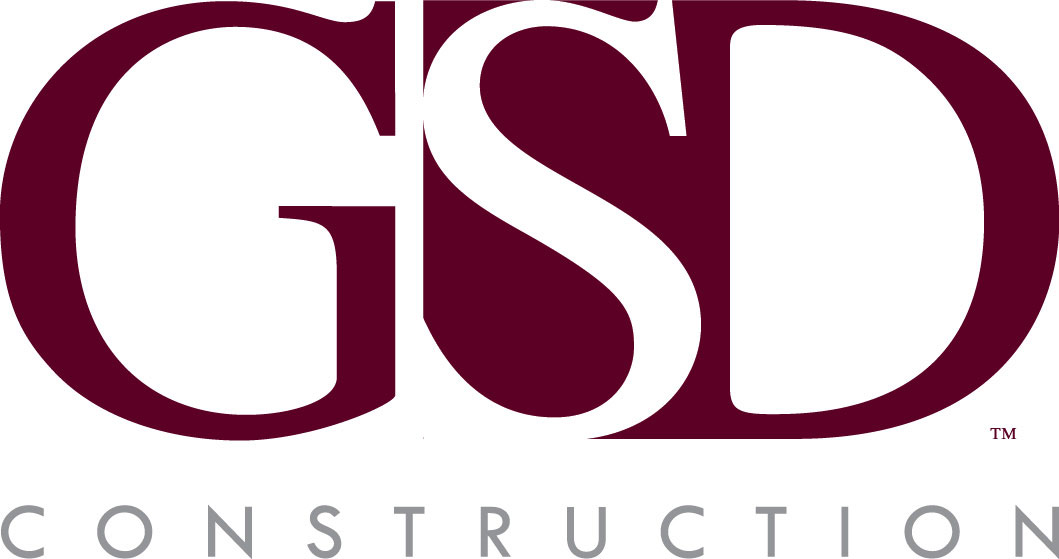Construction projects are often delayed for various reasons, including inadequate planning, poor communication between stakeholders, changes to the scope of work, unforeseen circumstances, and even disruptions caused by global events (think: the COVID-19 pandemic and supply shortages—remember the 200%+ increase in lumber prices?).
Delays are not only frustrating, but they are typically costly, and they can have a significant impact on schedules and outcome quality. When building on a commercial scale, these negative consequences are compounded even further.
This article will discuss 5 recommendations for avoiding delays in your next commercial construction project.
Always create a written, detailed project plan.
Even if you think you have a clear road ahead, always write down your plan. Writing down your plan can uncover gaps, disparities, or potential conflicts that you wouldn’t have seen otherwise.
Your written plan should include:
- Detailed timeline, checkpoints, meetings, and deliverable dates
- Budget, including a buffer to absorb unexpected costs
- List of tasks and assignments
It is important to consider all the potential risks and challenges that may occur and plan accordingly. Working with your contractor, engineer, and architect can help you understand what storms might be just on the horizon, and they can arm you with the necessary tools to navigate what lies ahead.
Get all stakeholders on board early.
Get the input you need from all stakeholders, including the owner, financing institution, architect, engineer, and contractor as early as possible. It is likely that the needs and demands of each group are interconnected and dependent on other parties, so establishing clear communication lines early will be key.
Communicate regularly with stakeholders.
Your stakeholders can be your greatest asset, as long as you start communicating with them early on in the project timeline.
One of the most common delays—permitting delays—can be mitigated and even altogether avoided with the help of your stakeholders.
Permitting and the permit approval process is commonly misunderstood, as we describe in our article, “Build Without Fear: What to Expect In Your Commercial Construction Project.” Even the most prepared and experienced professionals can’t always avoid the extra hassle and patience that permitting approvals require. Lean on your architect and contractor for help through this process for the least number of delays possible.
Be prepared for the unexpected.
No matter how well you plan, something unexpected will always happen. As long as you have the right resources and processes in place, you can overcome these not-so-fun surprises.
There are many common reasons for delays. In 2008, 21% of respondents selected weather as a reason for construction project delays.
For delays like those caused by weather, contingency plans can help mitigate the effects.
Monitor the project closely.
It is important to monitor the project and all of its moving parts closely from early on. Keeping an eye on potential delays will allow you to correct and redirect as needed to make sure you stay on schedule.
For example, GSD Construction worked on a project that required an elevator that had a lead time of 30 weeks! Because we ordered it well in advance for our client, it didn’t result in the nightmare of a situation that could have happened without close monitoring. If you’re not diligent about these kinds of delays, your schedule and your budget could turn into something more like a pipe dream than a reality.
In addition to the five recommendations above, make sure you are always looking for trusted, reputable partners in the construction process. Here are some additional tips to keep you on schedule with your next project:
- Choose a reputable, experienced contractor who will be able to guide you through a complex project process
- Be clear about your expectations and your project scope early on with your contractor. Change orders are a leading cause of delays in construction projects.
- Use a written tracker to monitor the project’s progress, and allow key stakeholders to collaborate on the tracker.
By following these key recommendations, you’ll have a smooth-sailing commercial construction project process, and you’ll end up with the office, industrial, retail, or educational space of your dreams.

